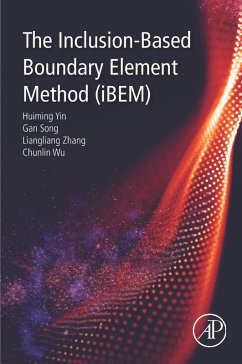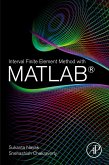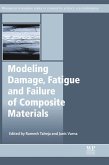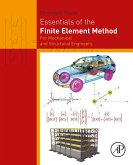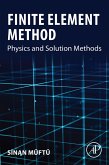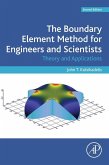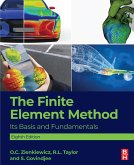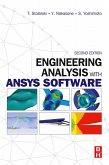The book starts by explaining the application and extension of the EIM from elastic problems to the Stokes fluid, and potential flow problems for a multiphase material system in the infinite domain. It also shows how switching the Green's function for infinite domain solutions to semi-infinite domain solutions allows this method to solve semi-infinite domain problems. A thorough examination of particle-particle interaction and particle-boundary interaction exposes the limitation of the classic micromechanics based on Eshelby's solution for one particle embedded in the infinite domain, and demonstrates the necessity to consider the particle interactions and boundary effects for a composite containing a fairly high volume fraction of the dispersed materials.
Starting by covering the fundamentals required to understand the method and going on to describe everything needed to apply it to a variety of practical contexts, this book is the ideal guide to this innovative numerical method for students, researchers, and engineers.
- The multidisciplinary approach used in this book, drawing on computational methods as well as micromechanics, helps to produce a computationally efficient solution to the multi-inclusion problem
- The iBEM can serve as an efficient tool to conduct virtual experiments for composite materials with various geometry and boundary or loading conditions
- Includes case studies with detailed examples of numerical implementation
Dieser Download kann aus rechtlichen Gründen nur mit Rechnungsadresse in A, B, BG, CY, CZ, D, DK, EW, E, FIN, F, GR, HR, H, IRL, I, LT, L, LR, M, NL, PL, P, R, S, SLO, SK ausgeliefert werden.

